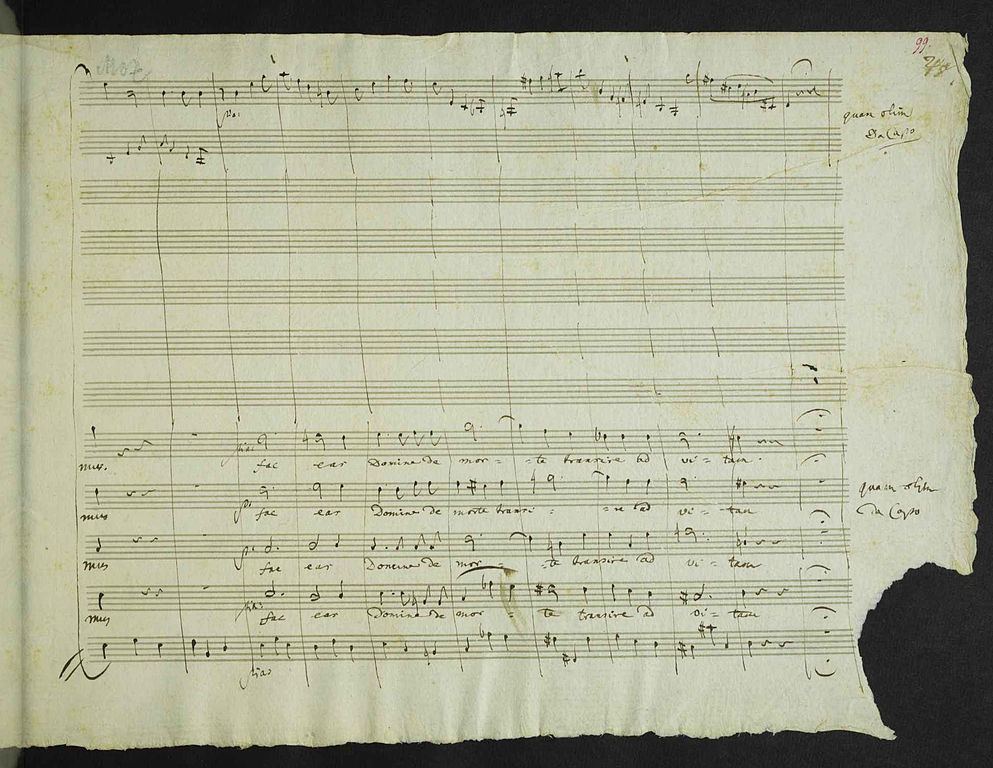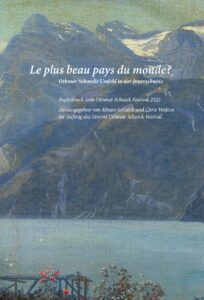Sound mosaic with interview texts
The lyrics of the double album "Joy Anger Doubt" are partly taken from ethnographic interviews conducted by Norient founder Thomas Burkhalter over the past 15 years. He and Daniel Jakob are responsible for the music, which includes many features.

Among the many fine deeds of the well-traveled Bernese author, anthropologist, ethnomusicologist and audiovisual artist Thomas Burkhalter, the founding of Norient probably stands out. Under the aegis of a globally dispersed team, this working group presents, among other things, an excellent website with audiovisual contributions about underground, urban music scenes from all over the world. Like Burkhalter, Daniel Jakob is also a veteran of the Bernese scene. His first band Merfen Orange was followed by the electronic pioneers Filewile, after which he turned to dub/reggae and also worked with Lee Perry. Now the two have joined forces creatively. The double vinyl version of their album debut is a computer-artistic feast for the eyes, which succinctly signals that we are not dealing with an ethnographic museum project here. Burkhalter and Jakob are responsible for the music and some of the lyrics. Guest singers such as Joy Frempong, Christophe Jaquet from Lausanne and Bhangra veteran Balbir Bhujhangy from Birmingham contribute their own words - other text passages are taken from interviews conducted by Burkhalter during his travels. Musically, the project moves between pounding dance beats with poppy vocal melodies, trancy techno, ambient sounds and - a highlight - the menacing percussive intensity reminiscent of the Young Gods of Pressure From All Sides. The global dimension of the project can only be felt in the music. The voices, on the other hand, reflect this loud and clear. They speak in equal parts of dreams, frustration and creative inspiration (the Kenyan Boutross Munene is usually overcome by such inspiration at four o'clock in the morning when he has had his first coffee). Whether you need to listen to the interview excerpts more than twice remains to be seen - nevertheless, they form an integral part of a fascinating sound mosaic.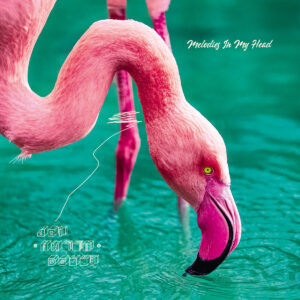
Melodies In My Head: Joy Anger Doubt. melodiesinmyhead.com






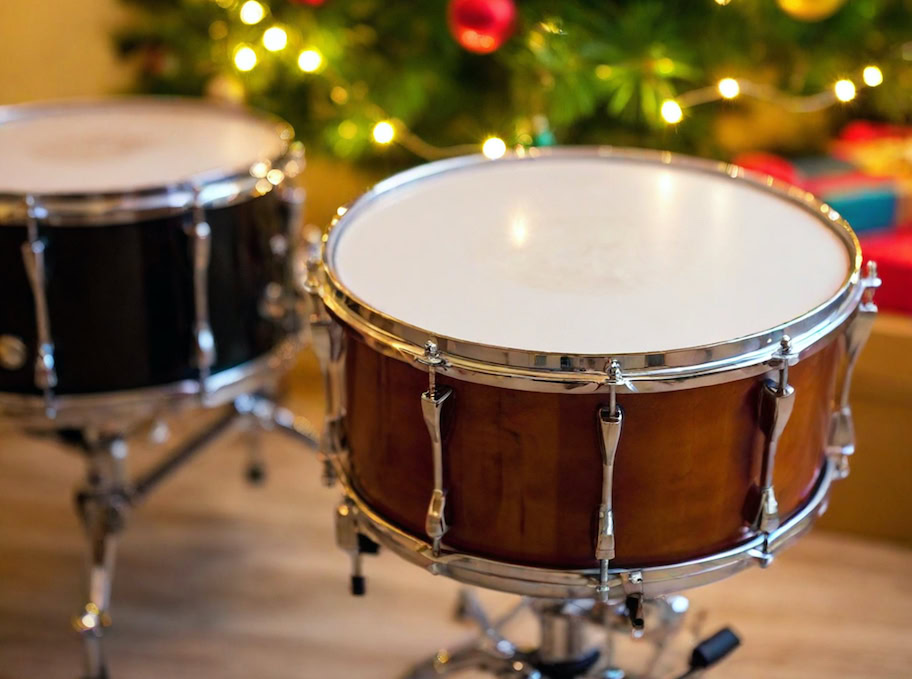
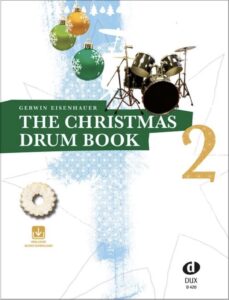

 Monika Mandelartz: Greensleeves and Pudding Pies. Figured Bass and Historic Improvisation, 50 Pieces for 2 or more Instrumentalists, Level 1, EW 1220, € 26.50, Walhall, Magdeburg
Monika Mandelartz: Greensleeves and Pudding Pies. Figured Bass and Historic Improvisation, 50 Pieces for 2 or more Instrumentalists, Level 1, EW 1220, € 26.50, Walhall, Magdeburg
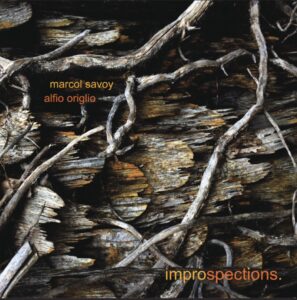
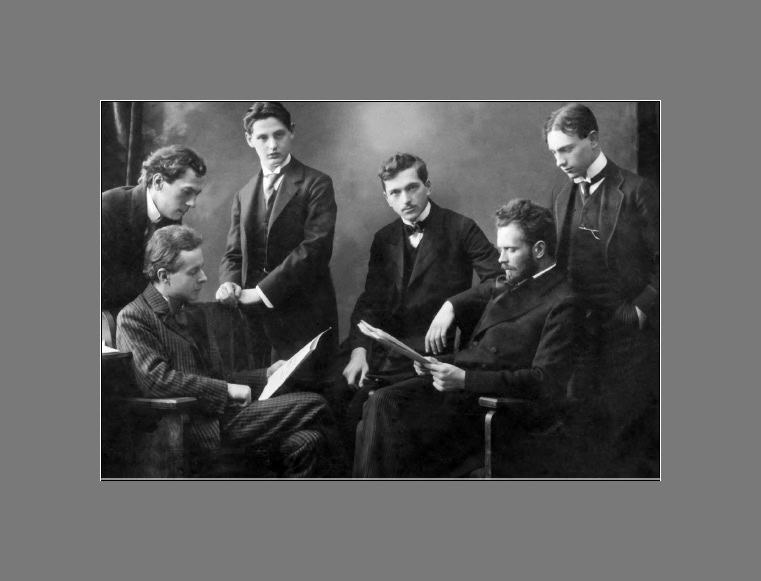
 Béla Bartók: String Quartet No. 2 op. 17, edited by László Somfai; Parts: HN 1422, € 24.00; study score: HN 7422, € 14.00; G. Henle, Munich
Béla Bartók: String Quartet No. 2 op. 17, edited by László Somfai; Parts: HN 1422, € 24.00; study score: HN 7422, € 14.00; G. Henle, Munich
 Hermann Suter: Le Laudi di San Francesco d'Assisi (Canticle of the Sun), chamber version by Urs Stäuble, score, Hug Musikverlage, Zurich
Hermann Suter: Le Laudi di San Francesco d'Assisi (Canticle of the Sun), chamber version by Urs Stäuble, score, Hug Musikverlage, Zurich

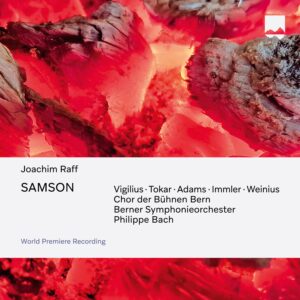 Joachim Raff: Samson, music drama in three sections, libretto by the composer, first recording. Magnus Vigilius, Olena Tokar, Robin Adams, Christian Immler, Michael Weinius, Berner Symphonieorchester, Chor der Bühnen Bern, musical director Philippe Bach. 3 CDs, Swiss Fonogram.
Joachim Raff: Samson, music drama in three sections, libretto by the composer, first recording. Magnus Vigilius, Olena Tokar, Robin Adams, Christian Immler, Michael Weinius, Berner Symphonieorchester, Chor der Bühnen Bern, musical director Philippe Bach. 3 CDs, Swiss Fonogram. 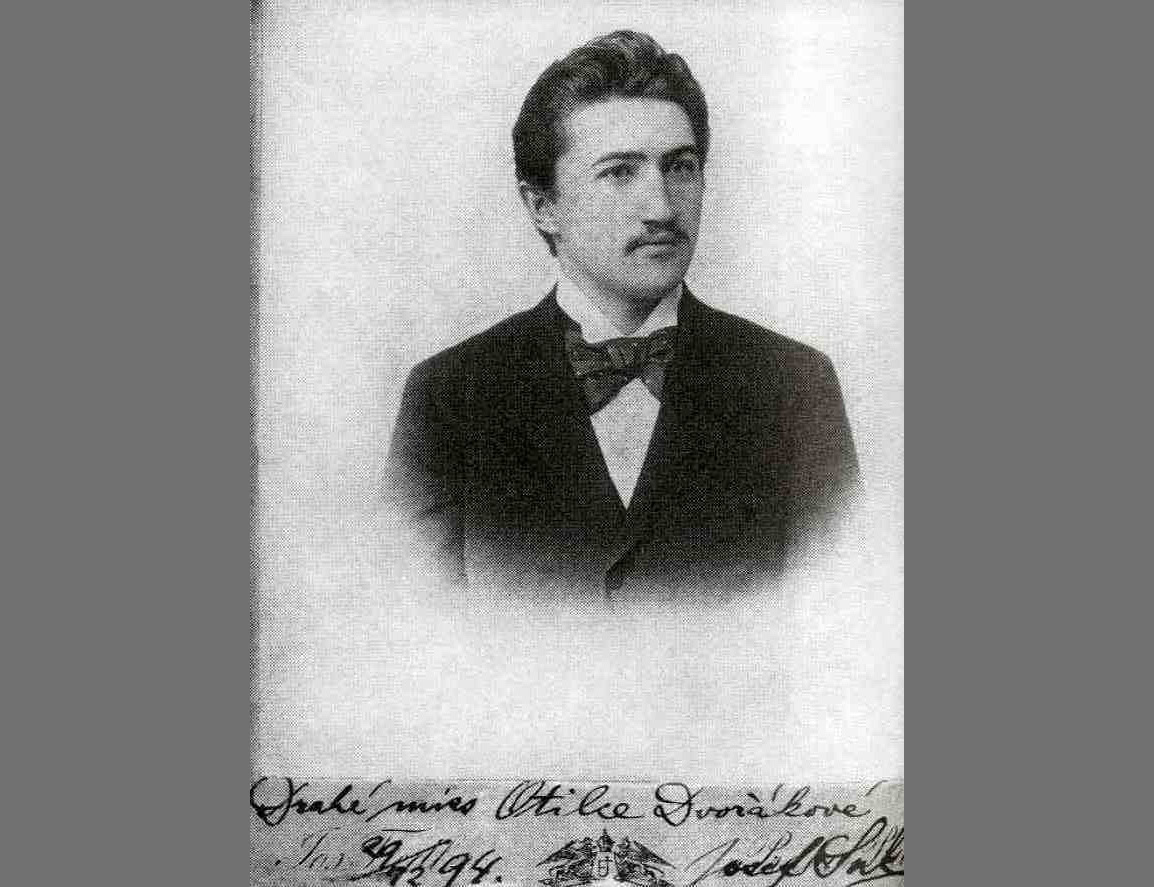
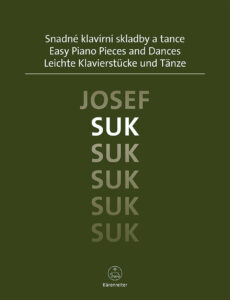 Josef Suk: Easy Piano Pieces and Dances, edited by Jonáš Hájek, BA 11575, € 14.95, Bärenreiter, Prague
Josef Suk: Easy Piano Pieces and Dances, edited by Jonáš Hájek, BA 11575, € 14.95, Bärenreiter, Prague

